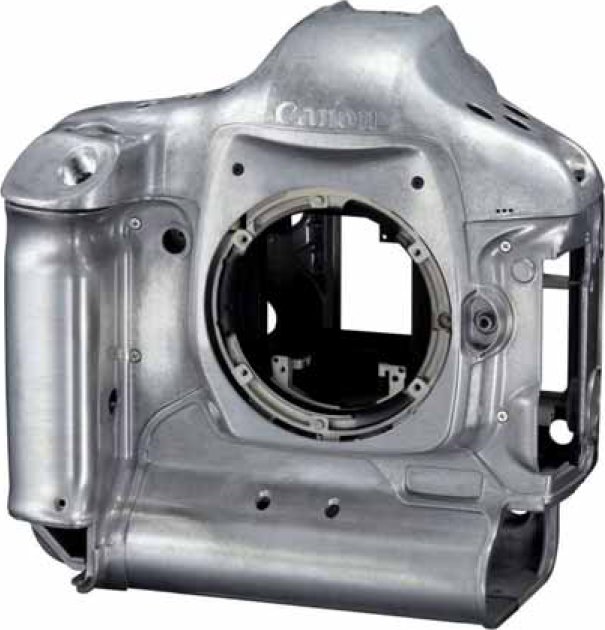From our earliest primitive tools to the first attempts to fly we have searched to find lightweight, strong materials. Combine this with the increase in the number of people living in cities, commuting, transportation, increasingly nomadic lifestyles and a generation of products that more than ever require investment in reducing weight, and we have a situation where weight, or the lack of it, has a value. As the lightest commonly used metal – it is a quarter of the weight of steel and two thirds of that of aluminium – magnesium alloys clearly have a role to play in modern life.
First produced by British chemist Sir Humphry Davy in 1808, magnesium is an element with some extreme properties. It is very light, but it is also highly flammable and easy to ignite when powdered or cut into small strips. It is for this reason that magnesium makes an ideal fire-starter for camping and survival kits, where simply the sparks from a flint can be used to ignite it.
This flammability is also demonstrated by its use in early flash photography. Its main drawbacks, from a design perspective are that it develops a tarnished surface when exposed to air, giving it a utilitarian grey colour, and it has limited corrosion resistance, so much so that even fruit juice or carbonated water will stain magnesium alloys.
Image: Canon EOS 1D Mark IV magnesium alloy body

Key features
•Extremely lightweight
•Hard to cold work compared to aluminium
•Poor corrosion resistance
•Highly flammable—small pieces of pure magnesium burn easily
•Low electrical conductivity
•Poor surface finish
•Relatively low melting temperature: 650ºC (1202ºF)
•Recyclable
Sources
Magnesium is one of the most abundant metals in the earth with enough magnesium to make a planet of the same mass as Mars with leftovers. After sodium, it is the most abundant element in the sea.
Cost
£2.55 ($4) per kg.
Sustainability issues
Using lightweight materials such as magnesium alloys in products significantly reduces energy consumption and transportation costs.
Production
Like zinc, magnesium is one of the easiest metals to form into complex shapes that might otherwise be made in plastic. It can be processed by extrusion and various forms of casting, including investment casting and die-casting. When casting, sharp corners should be avoided as magnesium can be sensitive to stress concentration. Cold forming tends not be effective due to magnesium’s tendency to work harden, which means that it gets harder the more it is bent. It can also be welded using a number of techniques. The surface can be enhanced through anodizing.
Typical applications
Some traditional pencil sharpeners were made from magnesium, other applications include chassis for consumer electronics, which exploit its light weight. It is also used for luggage frames and components such as foot pedals for bicycles. In addition to the uses of magnesium alloys, magnesium is a constituent of our bodies and magnesium oxide is used as a bleaching agent.
| + | – |
|
–Extremely lightweight –Widely available –Recyclable |
–Corrodes easily –Poor surface finish –Hard to cold work –Highly flammable |
